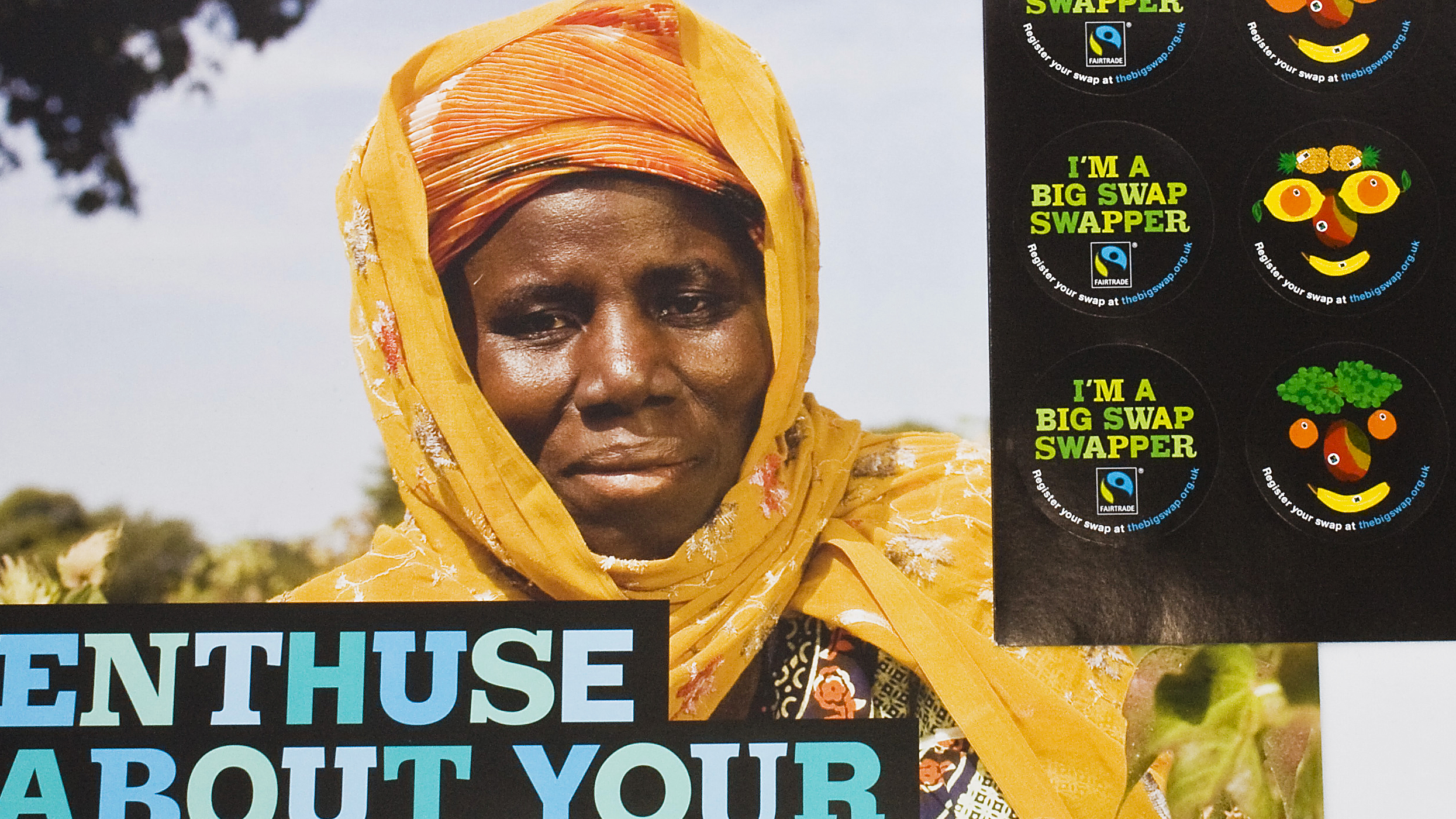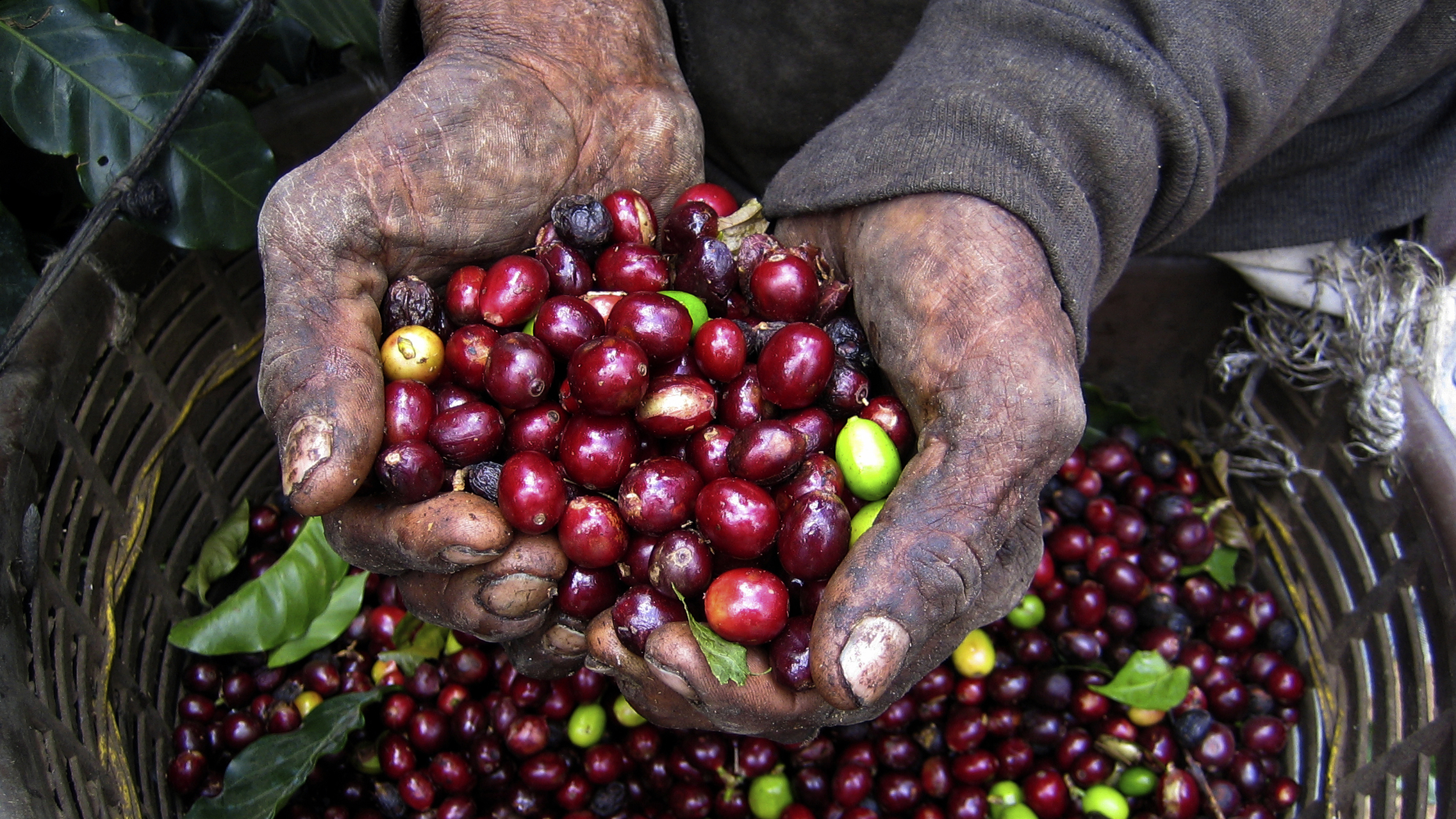
In his thought provoking collection of visual essays Ways of Seeing, John Berger observes that “the painted poor” often smile.
“These people belong to the poor. The poor can be seen in the street outside or in the countryside. Pictures of the poor inside the house, however, are reassuring. Here the painted poor smile as they offer… They smile at the better-off… Such pictures assert two things: that the poor are happy, and that the better-off are a source of hope for the world.”
Reading Poverty Through Fairtrade: (2) Visual positioning of the poor & the rich was last modified: October 13th, 2016 by Mari


